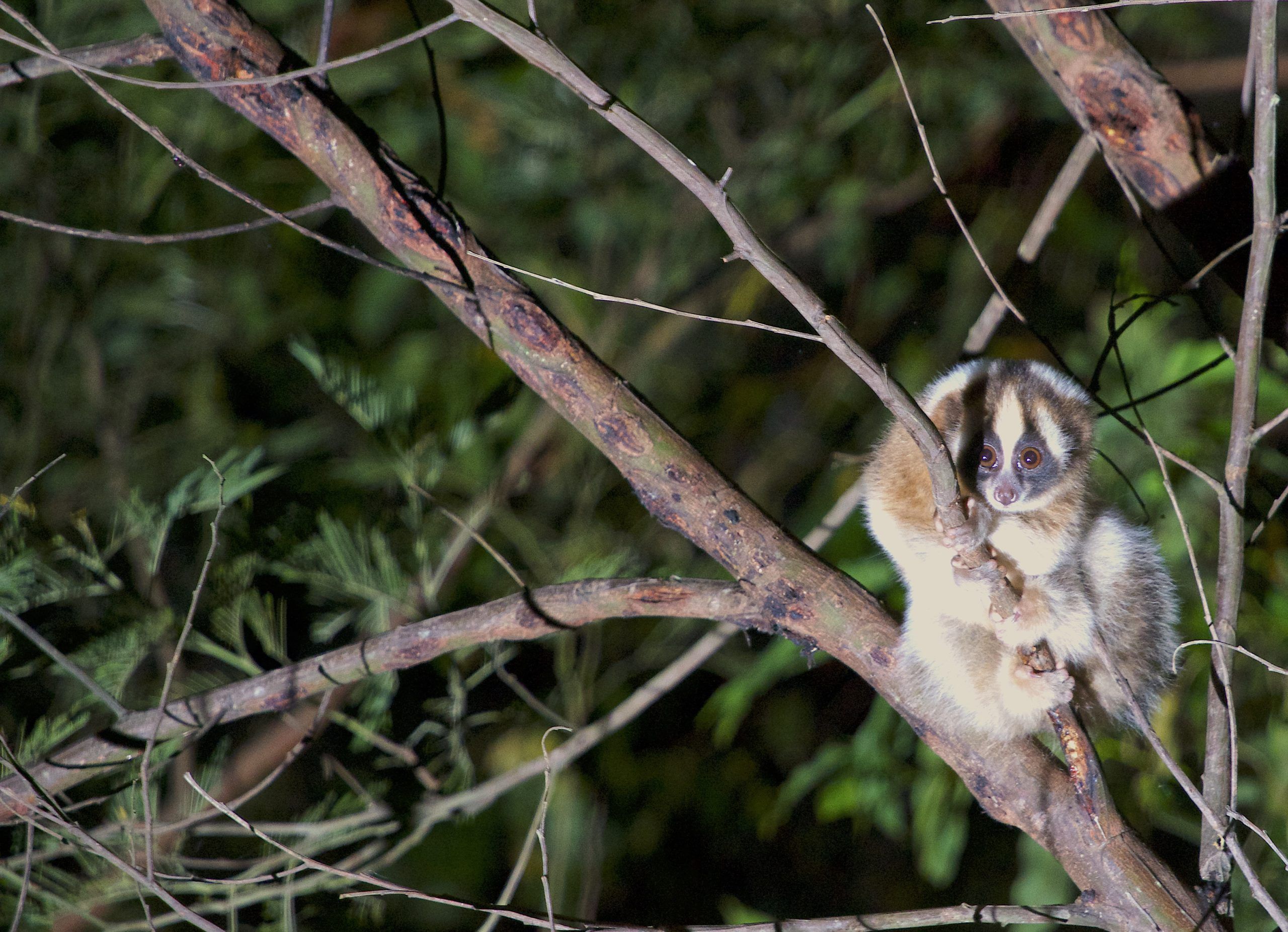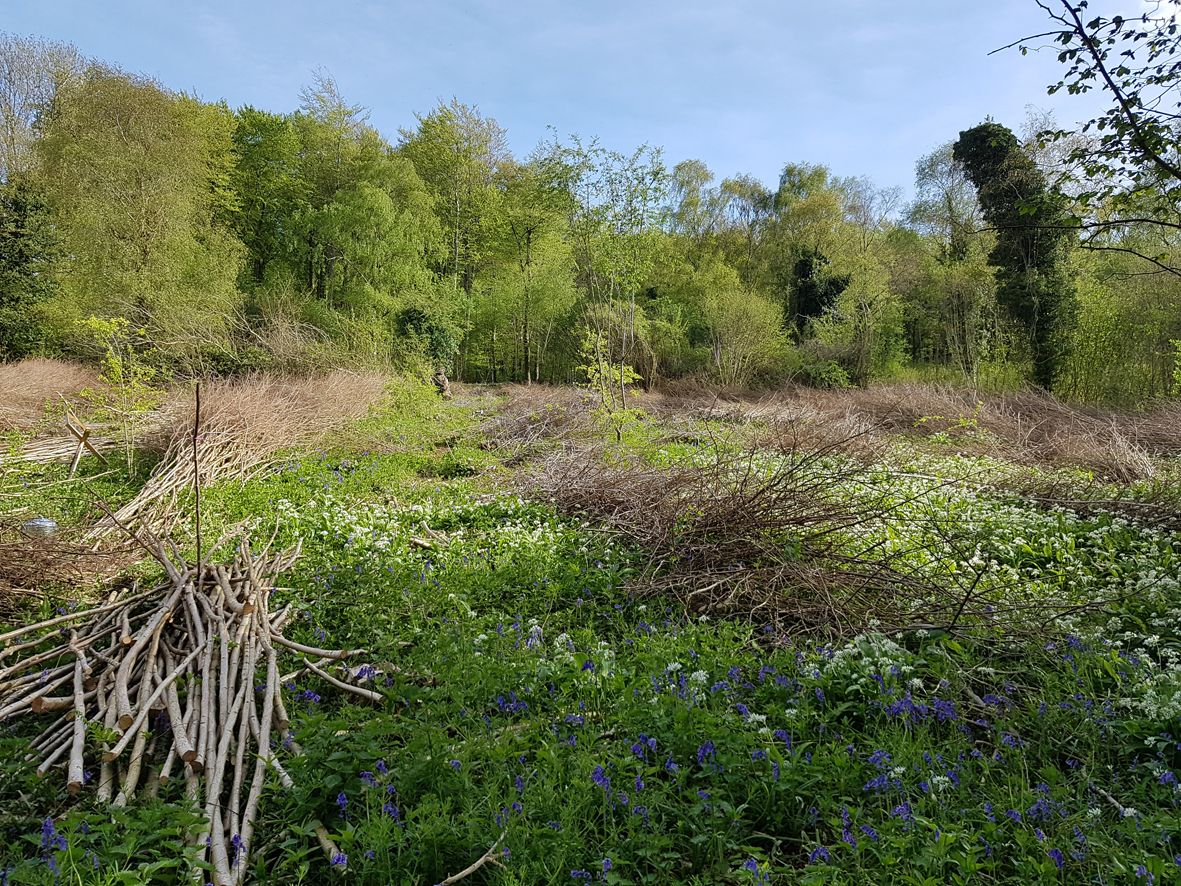Search by topic
Wildlife charity People’s Trust for Endangered Species (PTES) is calling for volunteers across England, Scotland and Wales to search for sightings and signs of water voles along local riverbanks, canals and other inland waterways, from the 15th April – 15th June 2021 Wildlife charity People’s Trust for Endangered Species (PTES) is calling for volunteers across …
Read article...Britain’s water voles are in trouble. The arrival of non-native American mink and loss of suitable habitat have led to them becoming one of our fastest declining mammals. The key to halting the decline and conserving this species is understanding where water voles currently are, where they are doing well, and crucially, where they have …
Read article...Conservationist, William Isebaidu, has been in contact from Uganda to report on his work at Koome Island on Lake Victoria. William and his team, from wildlife organisation Hope for Nature, are working hard to restore the fortunes of Singida tilapia fish, which were historically harvested in the lake. Over fishing and illegal fishing practices have …
Read article...Hazel dormice build different nests for different purposes: hibernating, breeding or just resting. Sometimes they don’t build a nest at all. But the different types of nests they do build might help us work out how much time dormice spend in different habitats. As part of my work at Fingle Woods, owned by the Woodland …
Read article...Voles, rats, shrews, mice, and hazel dormice can be difficult to study. Their size and behaviour make them hard to find and, living predominantly in the shrub layer and being nocturnal, makes hazel dormice even more tricky. Occasionally though, these small creatures give themselves away by their vocalisations. Whilst we may hear an indistinguishable high-pitched …
Read article...You might stumble upon a slightly frazzled looking person in a tatty woolly hat and a big purple jacket held together in places by duct tape. She may well be muttering to herself as she walks, very slowly, up and down between two lines of tape. At first glance, she appears to be metal-detecting – …
Read article...Ian Powell and the Arun Countryside Trust Few people know the woods on Tortington Common in West Sussex as well as Ian Powell. A local man, interested in natural history, he has lived his life with a passion for conserving the ancient woodlands of the Arun Valley. For two decades Ian, the principal dormouse monitor …
Read article...After a difficult start to last year, compounded by vast flooding, Amy Dickman and Ruaha Carnivore Project’s team in Tanzania retuned to work with a vengeance. Giving direct benefits to communities for the presence of wildlife is at the core of their work. They believe if people see wildlife as a resource, they’ll tolerate the …
Read article...Birdsong can play a crucial role in tackling post lockdown re-entry anxiety this spring. Though experts warn over 90% of some songbird species have disappeared from the UK, partly due to urbanisation destroying habitats. Birdsong is set to play a crucial role this spring in tackling ‘re-entry anxiety’, which is predicted to become more common …
Read article...As last year drew to a close we received a lovely message from Rebecca Klein of Cheetah Conservation Botswana (CCB). With your kind support, we’ve been helping Rebecca build a brighter future for cheetahs. Thankfully there have been relatively low COVID-19 infection rates in Botswana. Despite the government restricting movement, Rebecca and her team were …
Read article...Slow lorises may look cute and cuddly but these large-eyed primates are deadly and use venom to injure and even kill other slow lorises. Recent research has shown that slow lorises use venom as a defense mechanism against others of its kind, something that has previously only been seen in four other species worldwide. Only …
Read article...Pete Etheridge writes about the importance of coppicing for woodland conservation and biodiversity. A decline in coppicing Coppicing has been practised in the UK for hundreds (if not thousands) of years. In 1905 (decades after the peak in coppicing activity), it was estimated that there was somewhere in the region of 230,000 ha of actively …
Read article...Press and media
For all media enquiries please contact Jane Bevan or Adela Cragg at Firebird Public Relations on 01235 835297 or email ac@firebirdpr.co.uk.











